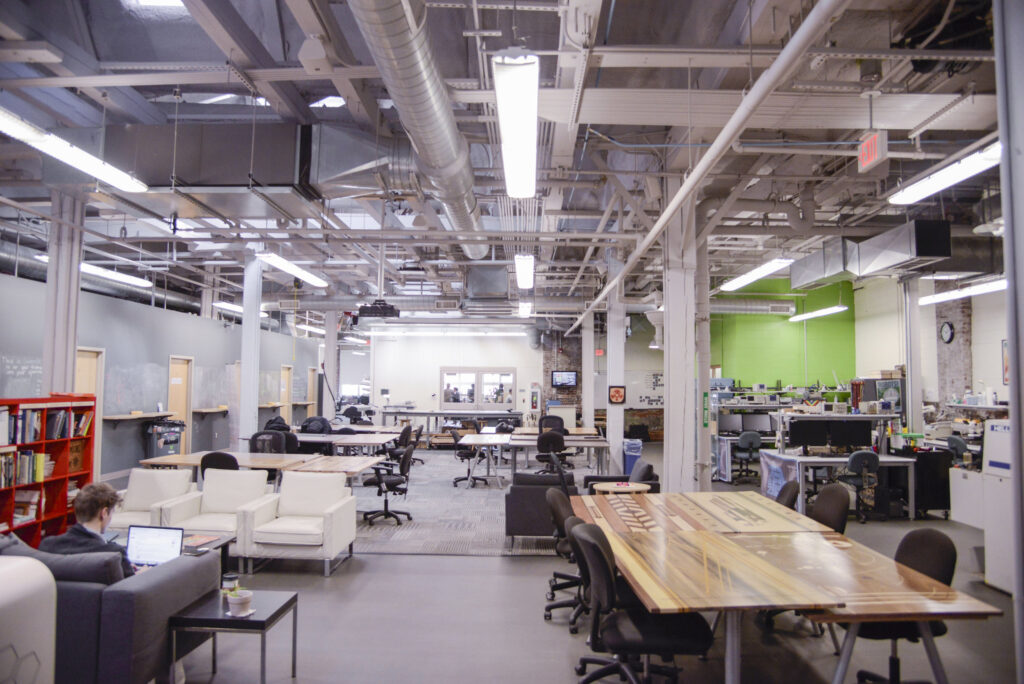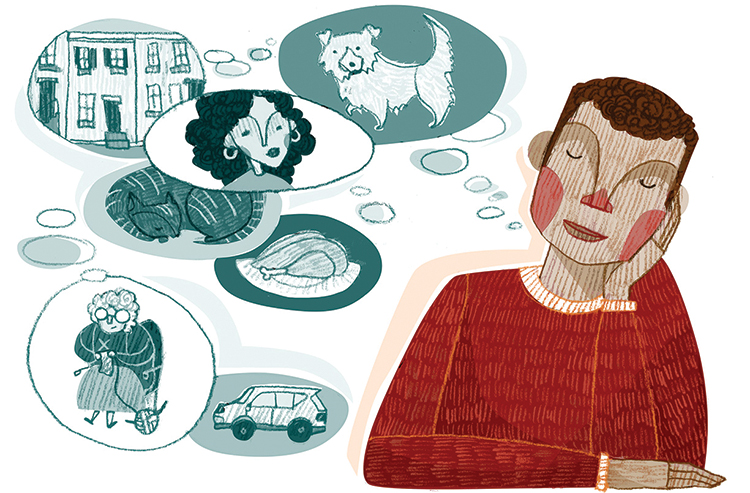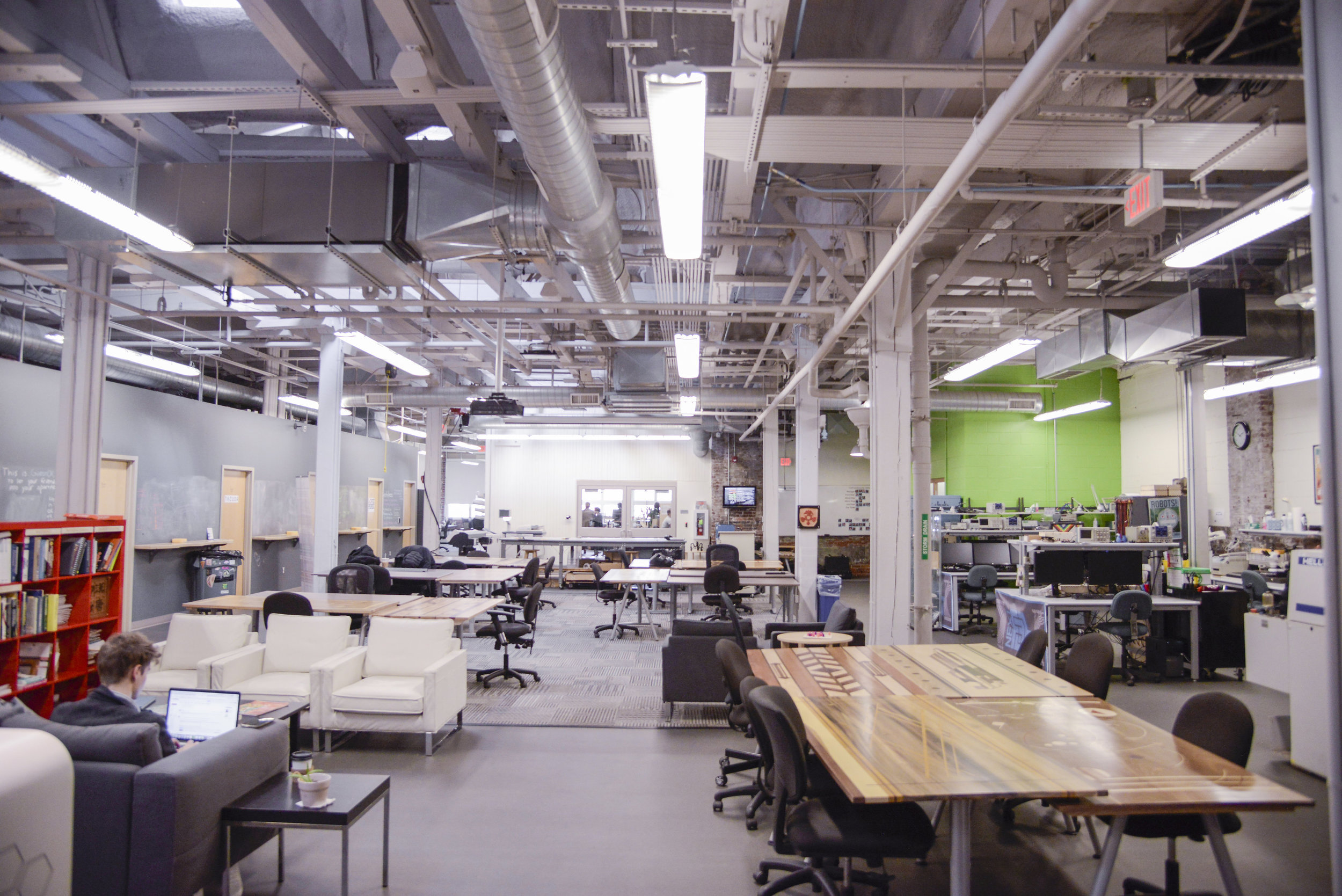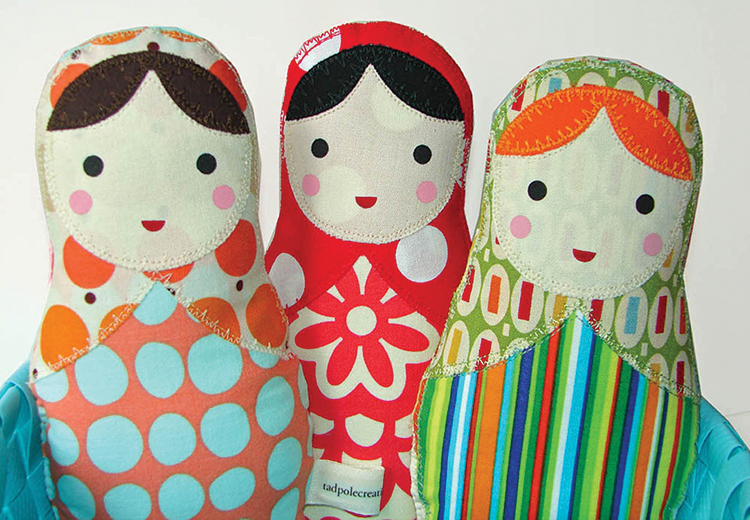Sand mandala by Tibetan-born artist and TBC founder being created in open house
By Walter Foley
After a long search and major building renovations, the Tibetan Buddhist Center of Philadelphia opened the doors to its new location Nov. 5 at 954 N. Marshall St. in Fishtown.
Venerable Lama Losang Samten led traditional chants and readings, and guests were invited to pour the first grains of a Medicine Buddha mandala—a painting made with colored sand—which will be dismantled in a ceremony Nov. 12 at noon. This event is open to the public, along with a jazz concert Nov. 8 and a meditation class Nov. 11 ($15 donation).
Samten is glad to have a permanent home for the center’s classes, meditation and charity work—although, of course, he offers a quick reminder: “There’s no such thing as permanent.”
The dismantling of the mandala—in which a group of people push the sand toward the center of the table, thus destroying the delicate design—represents ephemerality. Sand mandalas can sometimes take more than a month to complete, with one person carefully pouring thin streams of colored grains into complex patterns that could disappear with a sneeze.
All Buddhist mandalas have a core message of wisdom and compassion, Samten said, and each design represents a theme within that message. The Medicine Buddha is depicted holding herbs to represent healing; the prevalence of the color blue in this design is significant in that it evokes a sort of serenity. Samten said a neurosurgeon approached him after the Nov. 5 ceremony, explaining that staff at his workplace wear blue scrubs in the operating rooms, as it is thought to have a calming effect.
Samten has been painting mandalas for almost three decades, which is an unusually long time within the tradition, he said. The craft is typically practiced and mastered by a young apprentice who eventually moves on to other projects, but Samten still has frequent requests for mandalas from schools and museums, so he continues to paint.
Although his exercises in patience help him stay engaged with this arduous process (Samten paints these intricate designs from memory), physical aches and pains have worsened a bit over the years. But Buddhist monks don’t complain very much.
“The aches and pains are special to me. Aches and pains are part of our lives,” says Samten, who walks a lot and does yoga to keep his body loose when he is not painting.
Samten still uses sand from the original batch he brought to the U.S. from India in a suitcase in 1988. He periodically adds more sand as his mandalas come and go, and as observers are given small handfuls as souvenirs. Included in his palette are sand grains he’s collected from the Grand Canyon and a Catholic holy site in Chimayó, New Mexico.
Samten’s first sand mandala in the U.S. was at the American Museum of Natural History in New York. In 1989, he was invited to paint one at the University of Pennsylvania, and he quickly made an impression on a group of students, teachers and seekers, said Ken Klein, former president of the Tibetan Buddhist Center of Philadelphia and an original member of this core group. Local Buddhists wrote to Samten’s boss—whom you may have heard of—to ask for a favor.
“During that time period, we had asked Losang to stay in Philadelphia to be our teacher, and he said it wasn’t his decision to make. We had to ask the Dalai Lama, because Losang was from the Dalai Lama’s monastery… kind of like the Harvard of monasteries,” Klein said. “The Dalai Lama gave [donations] to Losang, and we used that money to build our first center.”








